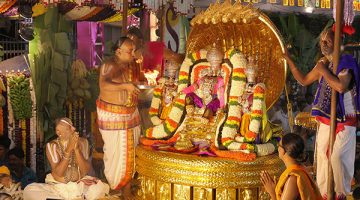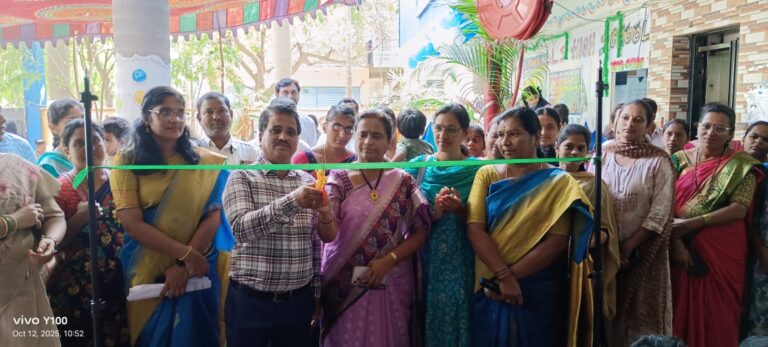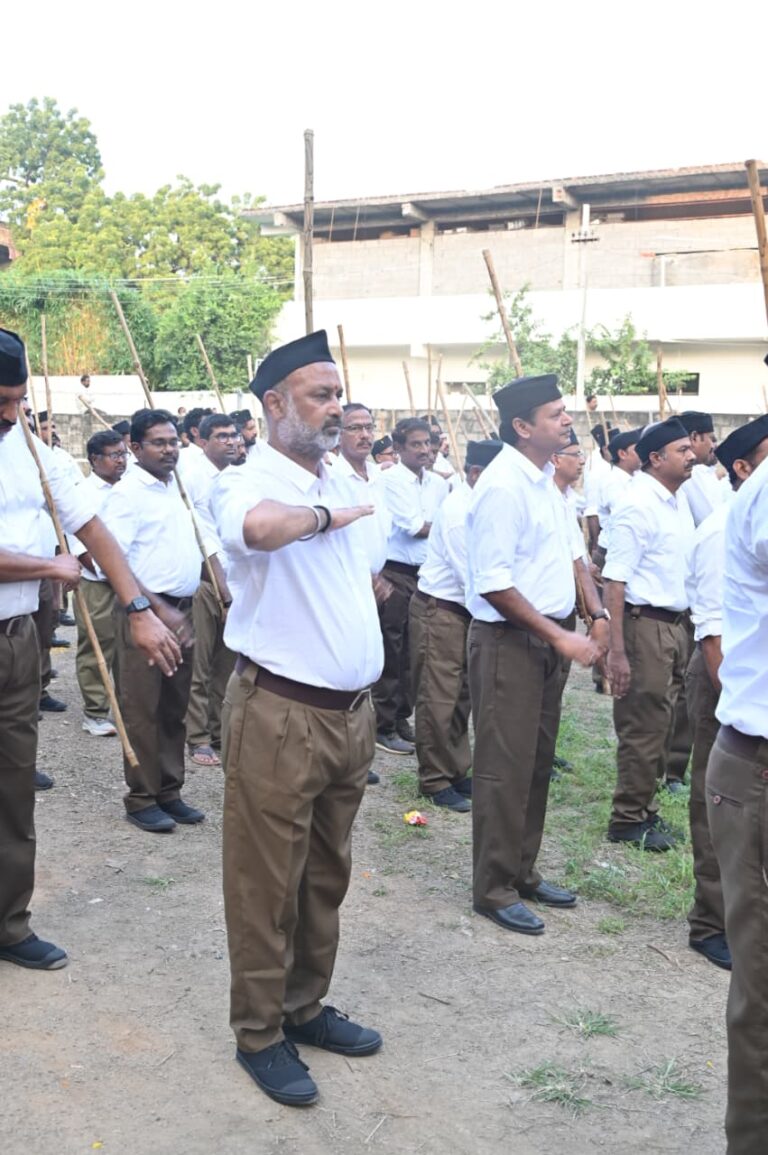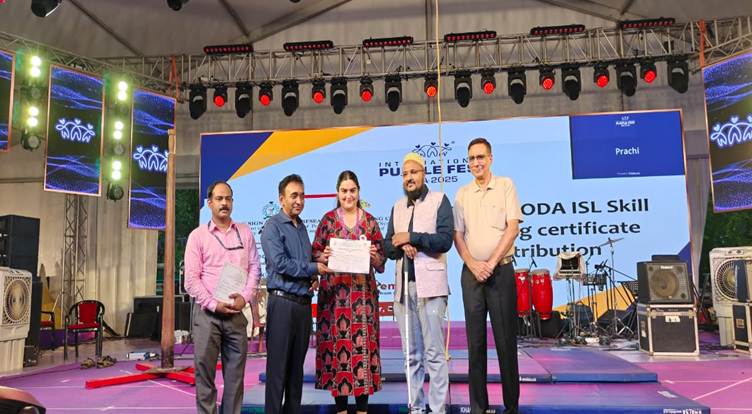
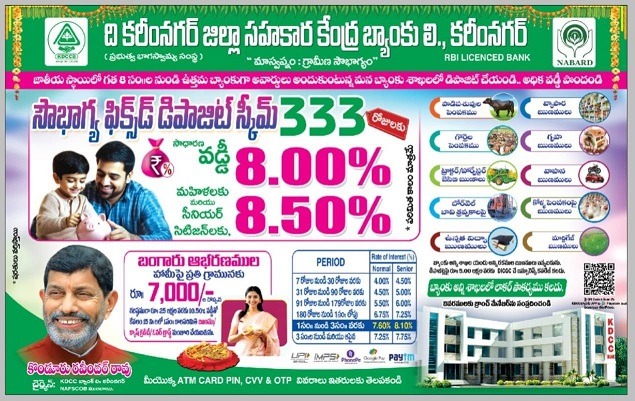
Authored Article by Kanaparthy Sudhakar
KARIMNAGAR, AUGUST 13, 2025: Every year, on August 9th, we solemnly celebrate August Kranti Diwas. It marks one of the most remarkable chapters in India’s fight for independence.
In 1942, under the leadership of Mahatma Gandhi, the Quit India Movement was launched — a historic uprising that demonstrated to the world the passion, determination, and united resistance of Indians against British rule. With the clarion call of “Quit India”, the movement ignited flames of revolution across the nation.
The Background of the Movement
The year was 1942. The Second World War was at its peak. The British government had dragged India into the war without consulting its people, ignoring their opinion, and this fueled widespread resentment. Against this backdrop, on 8th of August, All India Congress Committee met in Bombay and passed the historic Quit India Resolution. Gandhi gave a call that was both rooted in humanitarian values and yet radical in its urgency: “This time we are not merely asking for independence – we are demanding it!”
Leadership Behind Bars – People Take Charge
On the morning of 9th August, Gandhi, Nehru, Sardar Vallabhbhai Patel, and other top leaders were arrested, leaving the movement without official leadership. Yet, this did not halt the momentum. Students, workers, farmers, youth, and women stepped forward to lead the struggle on their own. The agitation spread beyond national centres into local regions. In rural areas, people attacked government offices, disrupted railway services, and suspended postal communications.
Acts of Courage
Many women leaders played a spectacular role in the movement. Aruna Asaf Ali hoisted the national flag in Delhi, defying the British. Usha Mehta set up a secret radio station to broadcast news and inspire freedom fighters. Youth leaders like Jayaprakash Narayan and Ram Manohar Lohia infused the struggle with strategic planning and daring actions.
The British government declared the Congress Party an unlawful organization and unleashed widespread repression. Raids, arrests, and brutal crackdowns became the order of the day. Unofficial estimates suggest that over 100,000 people were imprisoned. Women, youth, and even children faced police atrocities with remarkable bravery.
Phases of the Movement
First Phase: Demonstrations, rallies, and strikes erupted. People withdrew all cooperation from British authorities.
Second Phase: Rural masses rose in rebellion. Attacks on railway stations, destruction of government property, and boycotts took place.
Third Phase: In some regions, people set up parallel governments. In Maharashtra, Satyagraha intensified. The struggle took both violent and non-violent forms.
Opposition to the Movement
Some political groups opposed the Quit India Movement. The Hindu Mahasabha, Muslim League, and Communist Party believed in alternative approaches under British rule. Meanwhile, Subhas Chandra Bose, through the Indian National Army (INA), fought on a different front, declaring the Azad Hind government and waging an armed struggle. His efforts too inspired patriotic fervor across the nation.
Impact and Outcomes
Though the Quit India Movement did not immediately achieve independence, its impact was far-reaching. It shattered British confidence, weakened their administrative machinery, and boosted the morale of the Indian masses. Globally, it drew attention to India’s determination for freedom.
British leaders, including Winston Churchill, were forced to discuss the “Indian problem” in Parliament. By 1946, the groundwork for independence was laid with the arrival of the Mountbatten Mission. The spirit of defiance and unity shown by Indians during 1942 culminated in the historic day — August 15, 1947
The Significance of August Kranti Diwas
August 9, August Kranti Diwas, stands as a symbol of unity, sacrifice, and unyielding resistance against colonial oppression. It reminds us of the sacrifices of countless freedom fighters and our responsibility to uphold democracy and justice.
The Quit India Movement was a defining chapter in India’s freedom history — a bold statement to the British: “You can no longer control us.” Today, the liberty we enjoy is the direct result of the sacrifices of millions who took part in that struggle. It is our duty to remember August 9th in every year as August Kranti Diwas and honor the legacy they left behind.
By

Kanaparthy Sudhakar
Asst Prof.of History
SRR Govt Arts& Science College (A) Karimnagar

